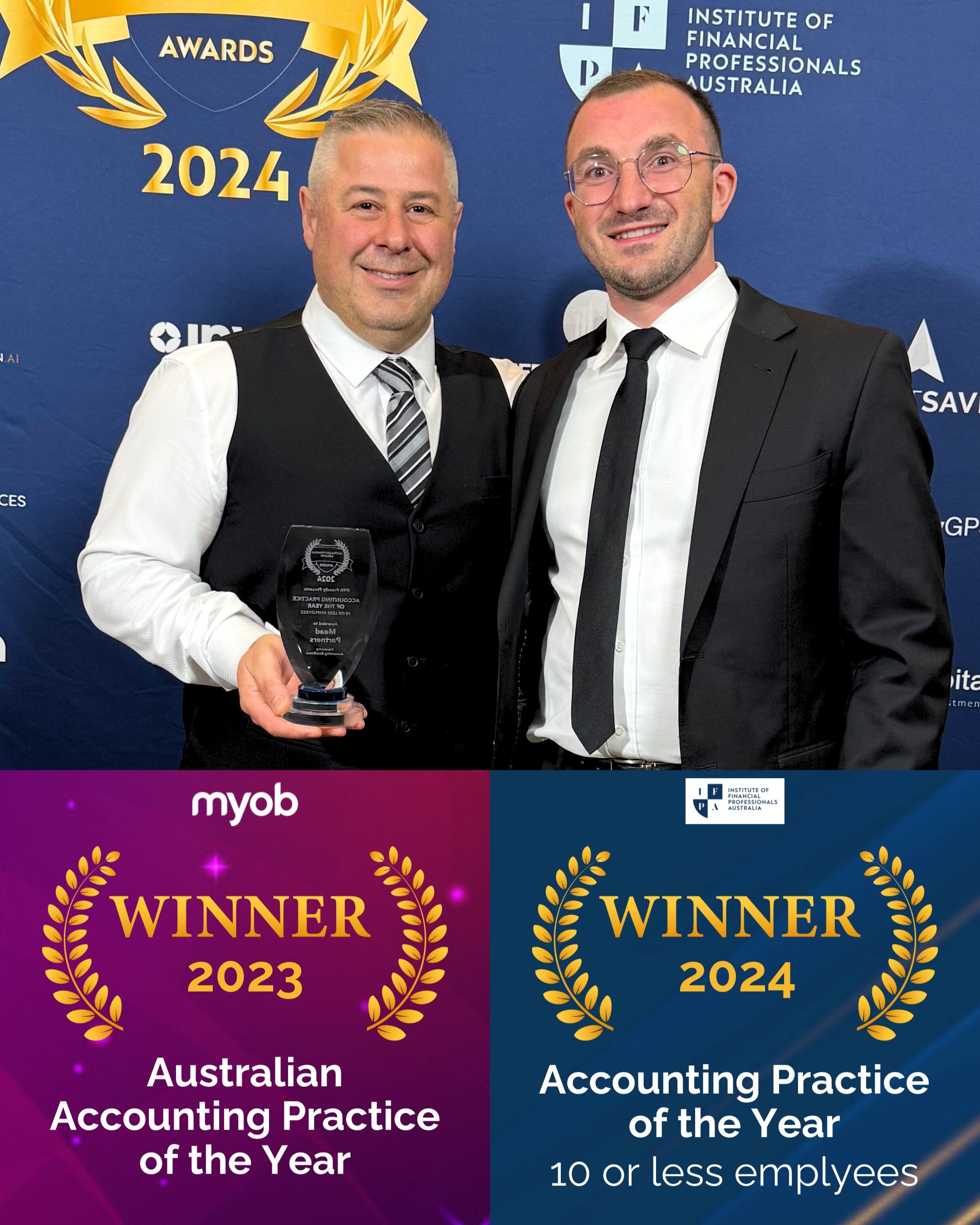
Book a Free Consultation!
✅Builders CFO Program
✅Business Improvement Program
✅Taxation Advice
Many taxpayers don’t realise that a holiday home isn’t the same as a main residence whether used to earn assessable income or not, potentially running the risk of overpaying capital gains tax (CGT) and income tax. If you own or are looking to purchase a holiday home, there are a few things you should be mindful of.
You are not required to include anything in your tax return on a non-main residence home that is not used to earn assessable income until you sell. The key point that should be noted is “until you sell”, because assets such as a holiday home are unlike a main residence and are subject to capital gains tax whether used to earn assessable income or not.
The cost base of a CGT asset is made up of five elements, which are as follows:
Source- Australian Taxation Office
1. First element: money paid or property given for the CGT asset – This element includes money paid (or required to be paid) for the asset and the market value of property given (or required to be given) to acquire the asset.
2. Second element: incidental costs of acquiring the CGT asset or that relate to the CGT event – There incidental costs you may have incurred in acquiring the asset or in relation to the CGT event that happens to it (including its disposal). Such as:
i) remuneration for the services of a surveyor, valuer, auctioneer, accountant, broker, agent, consultant or legal adviser costs of transfer
ii) stamp duty or other similar duty
iii) costs of advertising or marketing (but not entertainment) to find a seller or buyer
iv) costs relating to the making of any valuation or apportionment to determine your capital gain or capital loss search fees relating to an asset
v) the cost of a conveyancing kit (or a similar cost)
vi) borrowing expenses (such as loan application fees and mortgage discharge fees)
vii) expenditure that:
- is incurred by the head company of a consolidated group to an entity that is not a member of the group, and
- reasonably relates to a CGT asset held by the head company, and
- is incurred because of a transaction that is between members of the group.
- expenditure that is incurred as a direct result of your ownership of a CGT asset ending.
3. Third element: costs of owning the CGT asset -The costs of owning an asset include rates, land taxes, repairs and insurance premiums. Non-deductible interest on borrowings to finance a loan used to acquire a CGT asset and on loans used to finance capital expenditure you incur to increase an asset’s value are also third element costs.
You cannot include such costs if:
- you acquired the asset before 21 August 1991
- You cannot include any of the costs included in elements 2 & 3 if you have claimed a tax deduction for them in any year, or did not claim a deduction but can still claim it because the period for amending the relevant income tax assessment has not ended
- You cannot include them at all in the cost base of personal use assets.
You cannot index these costs or use them to work out a capital loss
4. Fourth element: capital costs to increase or preserve the value of your asset or to install or move it – The fourth element is capital costs you incurred for the purpose, or the expected effect, of increasing or preserving the asset’s value, for example, costs incurred in applying (successfully or unsuccessfully) for zoning changes.
5. Fifth element: capital costs of preserving or defending your title or rights to your CGT asset – This element includes capital expenditure you spend to preserve or defend your ownership of, or rights to, the asset.
Quite often tax payers will only recall the first element and hence overpay CGT.
Dos and Don’ts when using your home as a holiday rental
If you are using a holiday home to earn assessable income the principles applied to a rental property also apply. With holiday homes that are genuinely available for rent all rental income received is treated as income and expresses incurred in running the property (including costs detailed in element 3 above and travel that relates to you inspecting, maintaining and making repairs to the property) can be apportioned based on the percentage of non-private usage.
Private usage as noted by the ATO is usage by yourself or family, relatives and friends free of charge or if you charge less than market rent.
Some conditions on apportioning expenses include:
- Property advertised for rent but rate is excessive
- Unreasonable rental conditions placed on the property
- Private use by owners during key periods with little or no demand for the property at other times.
Therefore, keeping accurate records of costs incurred on a holiday home and maintain an logbook to determine private usage are vital to avoid overpaying tax.
For more details on earning claiming deductions on a holiday rental please check here or call our office.
DISCLAIMER: The above information is general in nature, and must be tailored to your personal circumstances. The information is provided as a guide only.

Send To Someone